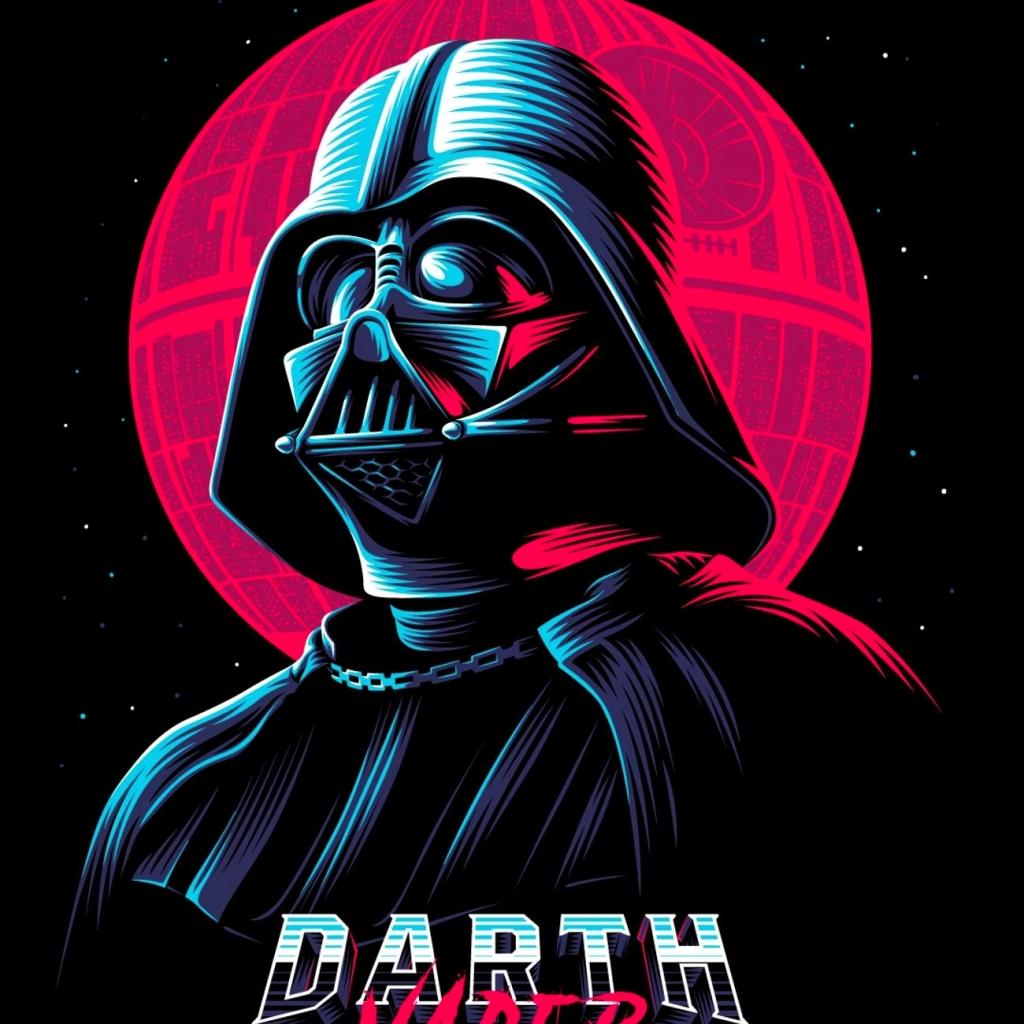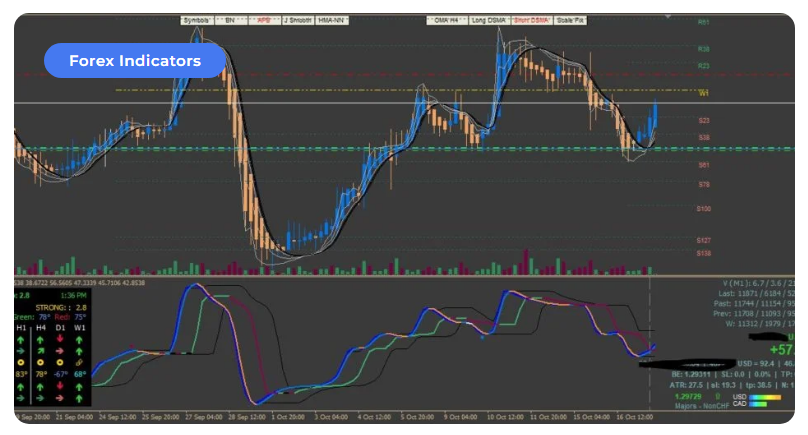



**V2V Indicators**
**VWAP Bands in this System**
This system utilizes VWAP bands constructed with an Average True Range, Average Range, or Average Daily Range. The shifted VWAP bands, derived from the midpoint—main VWAP line—are calculated using statistical z-scores. The calculation's starting point for the main VWAP is based on Dr. Paul Levine’s (R.I.P.) lecture regarding his MIDAS system.
The statistical z-score value is incorporated into an algorithm or as an option in an equation to predict trend-end probability. The system uses vertical line guides to plot from price inflection points or session ranges (including 4-hour, daily, weekly, monthly, or 8-hour and 24-hour market ranges). The setup includes a feature allowing users to switch between MVWAP (MA-based VWAP) and classic VWAP. The MA (Moving Average) is a Hull MA, non-lag, fused using the Fulks Matulich method of T3-based MA calculation, which I refer to as T3-HMA.
The MAs within the system are primarily linear volume-weighted, with an applied Jurik-based MA smooth filter. However, some use adaptive calculation with Price before adding the DSMA filter (Deviation-Scaled MA by John F. Ehlers). Additional tools are integrated into the system, such as a Regression Analysis tool that can toggle between a normal Price Close and Heiken Ashi – APB Close. The MA’s period calculation within the system is dynamically calculated/assigned based on the current Dominant Cycle Period, an algorithm by John F. Ehlers.
**Dynamic Zones by Leo Zamansky Ph.D. and David Stendahl**
The Dynamic Zone indicator effectively addresses common trading challenges. Extreme investing involves using oscillators to capitalize on market trends, following a simple logic: enter the market only when an oscillator moves significantly above or below traditional trading levels. However, these indicator-driven systems struggle to adapt to the market because they rely on fixed buy and sell zones. Traders typically use one set of zones for a bull market and another for a bear market.
This introduces complications. When traders introduce their market opinions into trading equations, they undermine the system’s mechanical nature by altering the zones. The goal is to create a system that automatically defines its own buy and sell zones, enabling profitable trading in any market—bull or bear. Dynamic Zones offer a solution to the issues posed by fixed buy and sell zones in indicator-driven systems.
**Jurik Filter ─ Phase and Smoothing**
This TDI version uses JMA’s (Jurik Research Moving Average) phase and smoothing calculation. Have you noticed how moving averages add lag (delay) to your signals, especially during significant price movements? Wait no more! JMA eliminates these issues, providing the best of both worlds: low lag and smooth lines.
Ideally, a filtered signal should be both smooth and lag-free. Lag delays your trades, and increased lag in your indicators typically reduces profits. In other words, latecomers get what’s left after the feast has begun. The JMA’s improved timing and smoothness will amaze you. JMA is a powerful adaptive tracker that can smooth time series data with minimal lag, no overshoots, and no oscillations. The algorithm is stable and avoids the complexities of neural networks. JMA delivers exceptional performance for smoothness, accuracy, and timeliness.
**RSI-Trend Strength Index (RSX) by Mark Jurik**
The RSI is a popular technical indicator because it considers market speed, direction, and trend uniformity. However, its main drawback is its noisy (jittery) appearance. The RSX retains all the beneficial features of RSI but with one key difference: the noise is eliminated without adding lag.
**Best Formula: Using Average Price Bar (APB)**
Average Price Bars offer a clearer depiction of the current market by reducing fluctuations in nominal price action, often referred to as “choppiness” in current High, Low, and Close price actions. In essence, APB removes price distortion noise.
**Uses Hull MA (by Allan Hull) but this is a Variation from Low Lag to Zero Lag**
There are various types of moving averages, the most basic being the Simple Moving Average (SMA), which lags the most. The Exponential and Weighted Moving Averages were developed to address this lag by emphasizing more recent data. The Hull Moving Average (HMA), developed by Allan Hull, is a fast and smooth-moving average that nearly eliminates lag while improving smoothing. The dynamic MyRSI with NET, combined with T3 Hull MA variation and Jurik filters, ultimately eliminates lagging.
**Ehler’s Deviation-Scaled Moving Average (DSMA)**
John Ehlers created the new DSMA, featured in the July 2018 issue of TASC magazine. DSMA is a data smoothing technique that acts as an exponential moving average with a dynamic smoothing coefficient, updated automatically based on price change magnitude. In the Deviation-Scaled Moving Average, the standard deviation from the mean measures this magnitude. The resulting indicator significantly smooths data even with minor price changes while quickly adapting to these changes.
**RSI & RSX haDelta**
haDelta is a simple formula developed and published by Mr. Dan Valcu. It quantifies HA candles and measures momentum, which is crucial when using haDelta for reversals. It measures the difference between HA Close and HA Open. Caution: High sensitivity if used.
**Vertical Horizontal Filter (VHF)**
Adam White developed the Vertical Horizontal Filter (VHF) to identify trending and ranging markets. VHF measures the level of trend activity, similar to ADX in the Directional Movement System. Trend indicators can then be employed in trending markets and momentum indicators in ranging markets.
**(TRIX) by Tim Tillson**
The development of this moving average aimed to improve noise filtering and decrease lag, common in most moving averages. The indicator is based on multiple exponential smoothings of price.
**Dominant Cycle Period (DCP)**
The DCP generated value is used as a dynamic Period parameter value (for dynamic MyRSI with NET).
**Homodyne**
I use the signal multiplied by itself one bar ago to produce a zero-frequency beat note. This beat note carries the phase angle of the one-bar change. By using the basic definition of a cycle, the one-bar rate of change of phase is exactly the cycle period.
**Linear Momentum ─ a.k.a. MomenTicks**
Linear momentum is defined as the product of a system’s mass multiplied by its velocity. In symbols, linear momentum is expressed as p = mv. Momentum is directly proportional to the object’s mass and its velocity. Thus, the greater an object’s mass or velocity, the greater its momentum.
**MyRSI with NET (Noise Elimination Technology)**
The MyRSI with NET is a technical indicator that uses Kendall correlation to remove nonlinear noise. Two primary plots are calculated: MyRSI and NET. Each plot can confirm the other. NET stands for noise-eliminating technology.
MyRSI is a modified Relative Strength Index, similar to the one used in RocketRSI. It is calculated as the ratio of the sum of recent one-bar close price differences to the sum of absolute values of these differences.
NET is calculated as the Kendall correlation of MyRSI. The NET plot is less noisy than MyRSI; however, using additional filters may be beneficial.